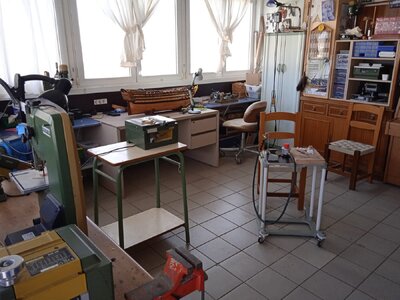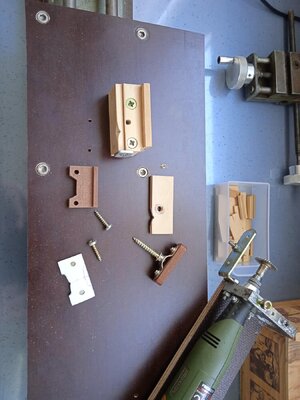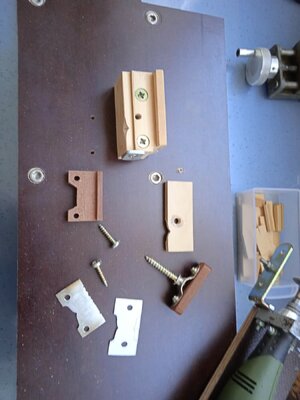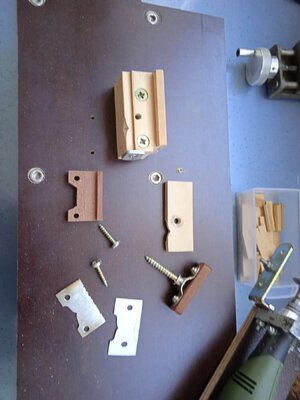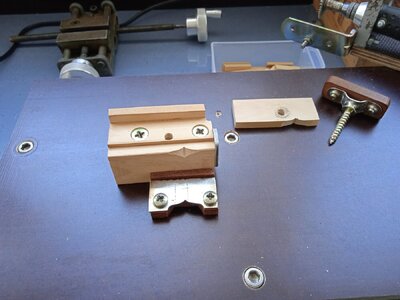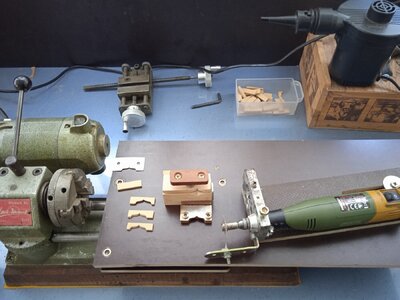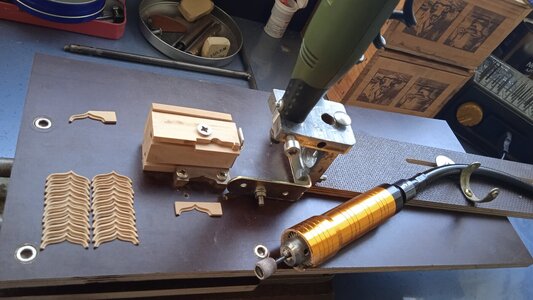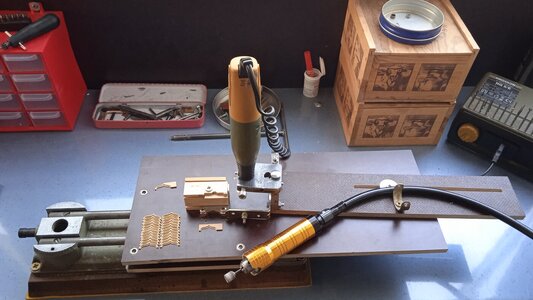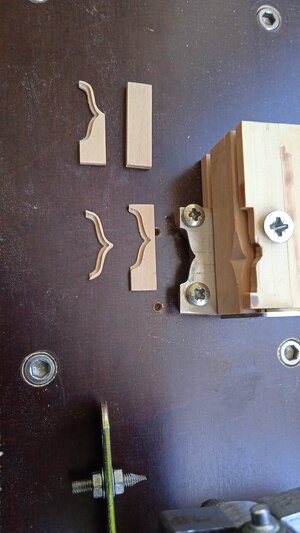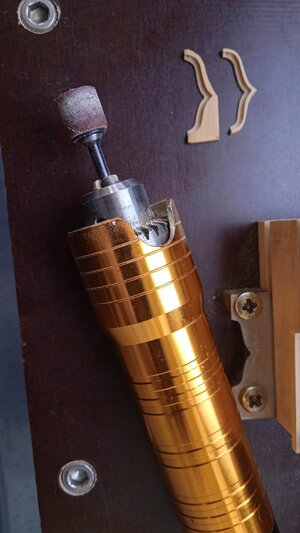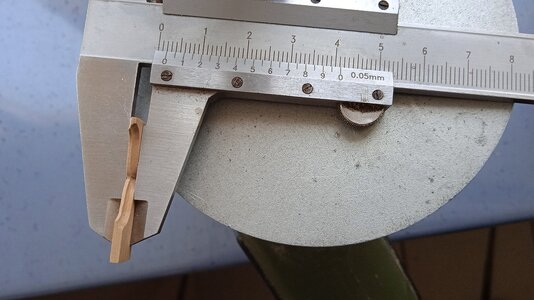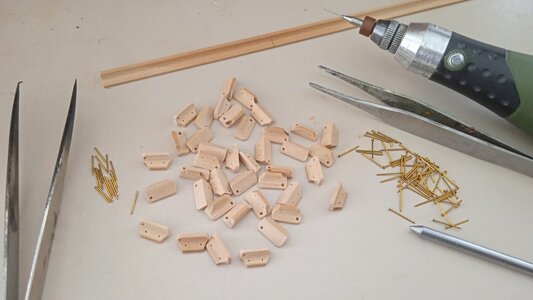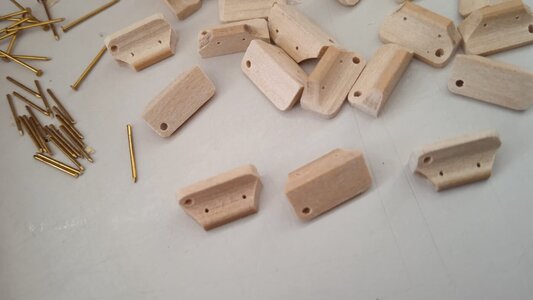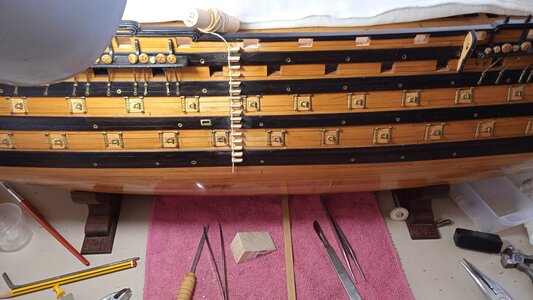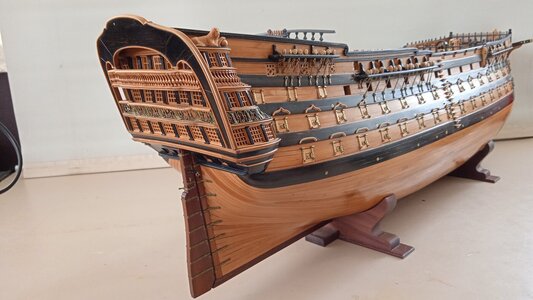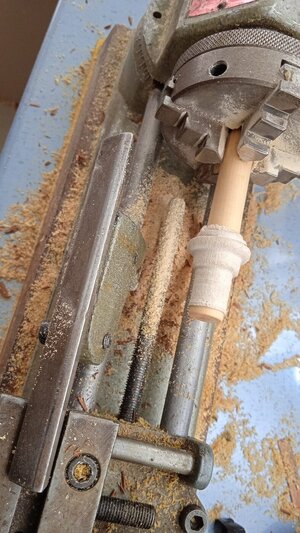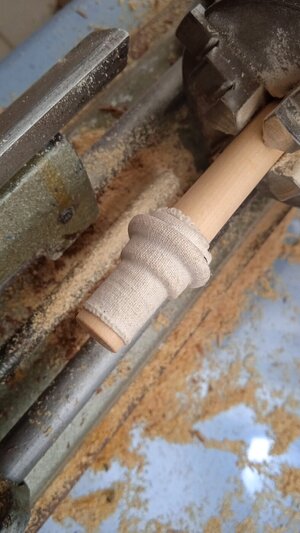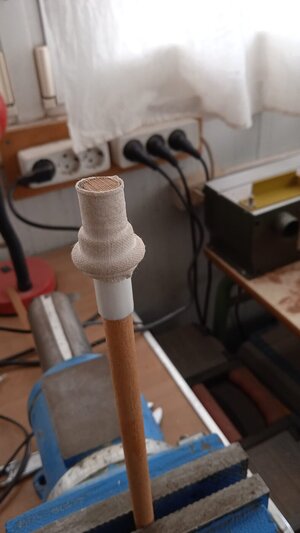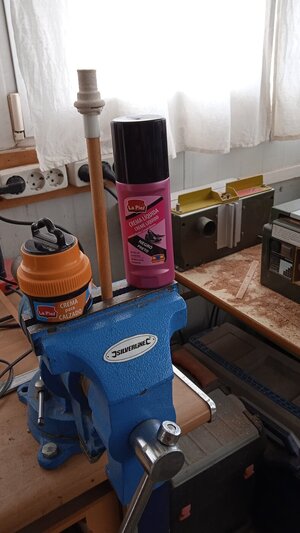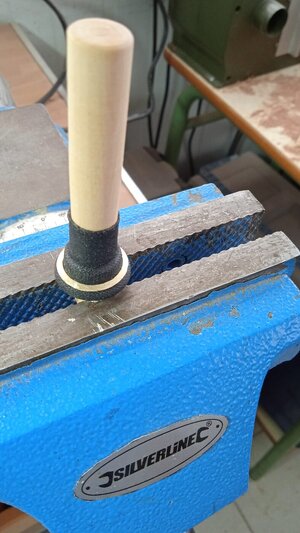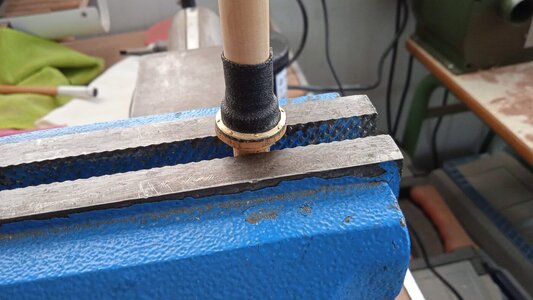Many Thanks for showing us the methods and the way you are working - Very good work
BTW: You have a really nice working place - with a lot of space
BTW: You have a really nice working place - with a lot of space
 |
As a way to introduce our brass coins to the community, we will raffle off a free coin during the month of August. Follow link ABOVE for instructions for entering. |
 |
 |
The beloved Ships in Scale Magazine is back and charting a new course for 2026! Discover new skills, new techniques, and new inspirations in every issue. NOTE THAT OUR FIRST ISSUE WILL BE JAN/FEB 2026 |
 |
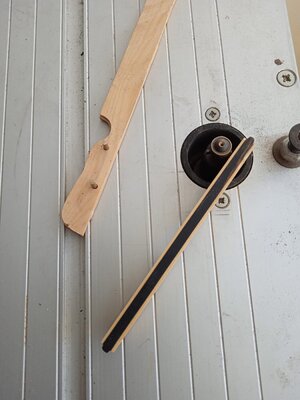
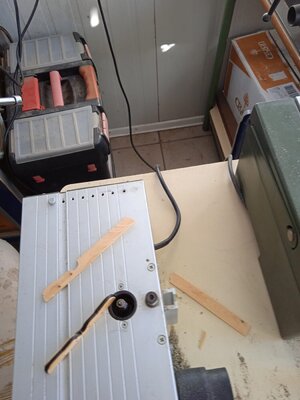
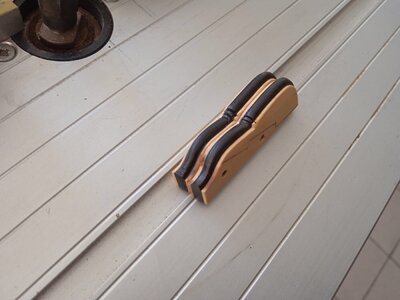
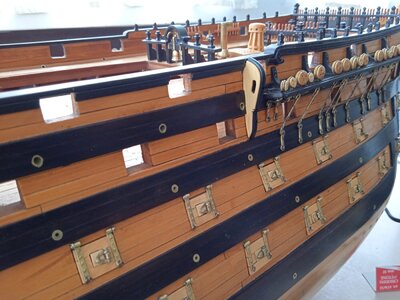
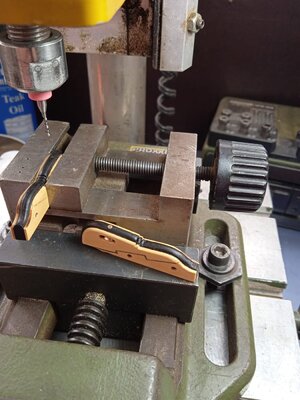

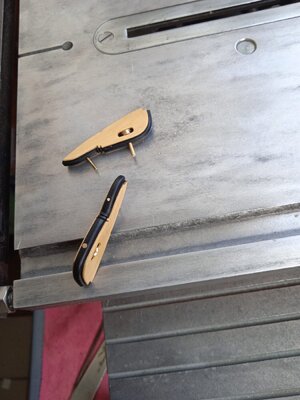
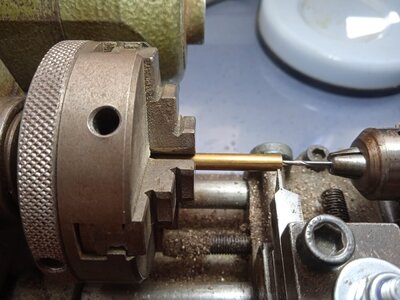
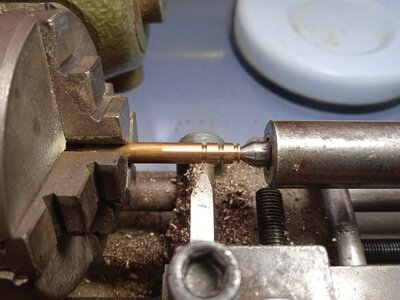
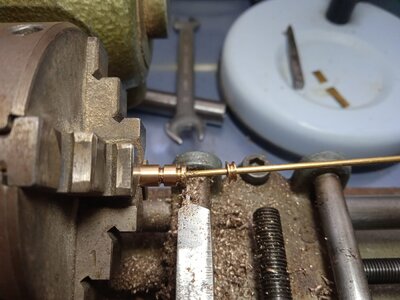
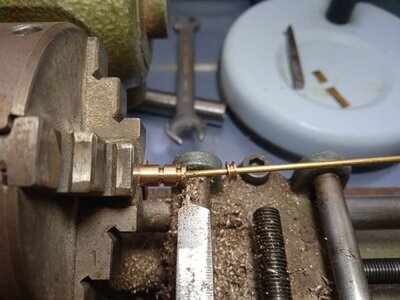
Hallo @LibertoSaludos cordiales:
Para la realización de este proyecto se ha partido de copias o de planos de época de autenticidad inducible, y correspondiente a su estado en 1797 justo antes de la batalla de San Vicente. En esa batalla la Santísima Trinidad resultó muy dañado y no se conoce con certeza las obras que hicieron de reparación en la popa y en la proa.
Los planos necesarios para el modelo que se esta realizando (escala 1/72) son obra de nuestro compañero Leopoldo García Echeveste, partiendo de los planos originales de 1797, y completados por dibujos de los alzados de proa y de popa hechos según su criterio a desde la vista lateral del casco, así como de otros planos de navíos de 112 cañones de la época correspondiente, planos del Museo Naval de Madrid
El dibujo de la peineta o coronamiento de popa es una conjetura del autor del proyecto basado en las formas que aparecen en la vista lateral.
Como podéis imaginar este proyecto es el resultado de varios meses de arduo trabajo de investigación, los planos han sido revisados, corregidos, y dibujados, tratando en todo momento de aproximar al máximo a la imagen que pudo ofrecer este emblemático navío en el período de tiempo comprendido entre la última reforma a la que fue a veces en la Carraca 1797 y su triste final en la Batalla de Trafalgar 1805.
Liberto
Translated by Google translate, modified by Jim
Greetings all:
In order to make this project more authentic I have obtained copies of period plans so the model looks her state in 1797 just before the battle of San Vicente. In that battle the Holy Trinity was very damaged and it is not known with certainty the works that made repair in the stern and in the bow.
The plans necessary for the model being made (1/72 scale) are the work of our partner Leopoldo García Echeveste, based on the original plans of 1797, and completed by drawings of the bow and stern elevations made according to his criteria from the side view of the hull, as well as other 112 cannon ship plans of the corresponding era, plans of the Naval Museum of Madrid
The drawing of the comb or stern crowning is a conjecture of the author of the project based on the forms that appear in the side view.
As you can imagine this project is the result of several months of arduous research work, the plans have been reviewed, corrected, and drawn, trying at all times to approximate the image that this emblematic ship could offer in the period of time comprised between the last reform to which it was sometimes in Carraca 1797 and its sad ending in the Battle of Trafalgar 1805.
View attachment 117442View attachment 117443View attachment 117444View attachment 117446View attachment 117447View attachment 117448View attachment 117449View attachment 117451View attachment 117452View attachment 117453View attachment 117454
Liberto


